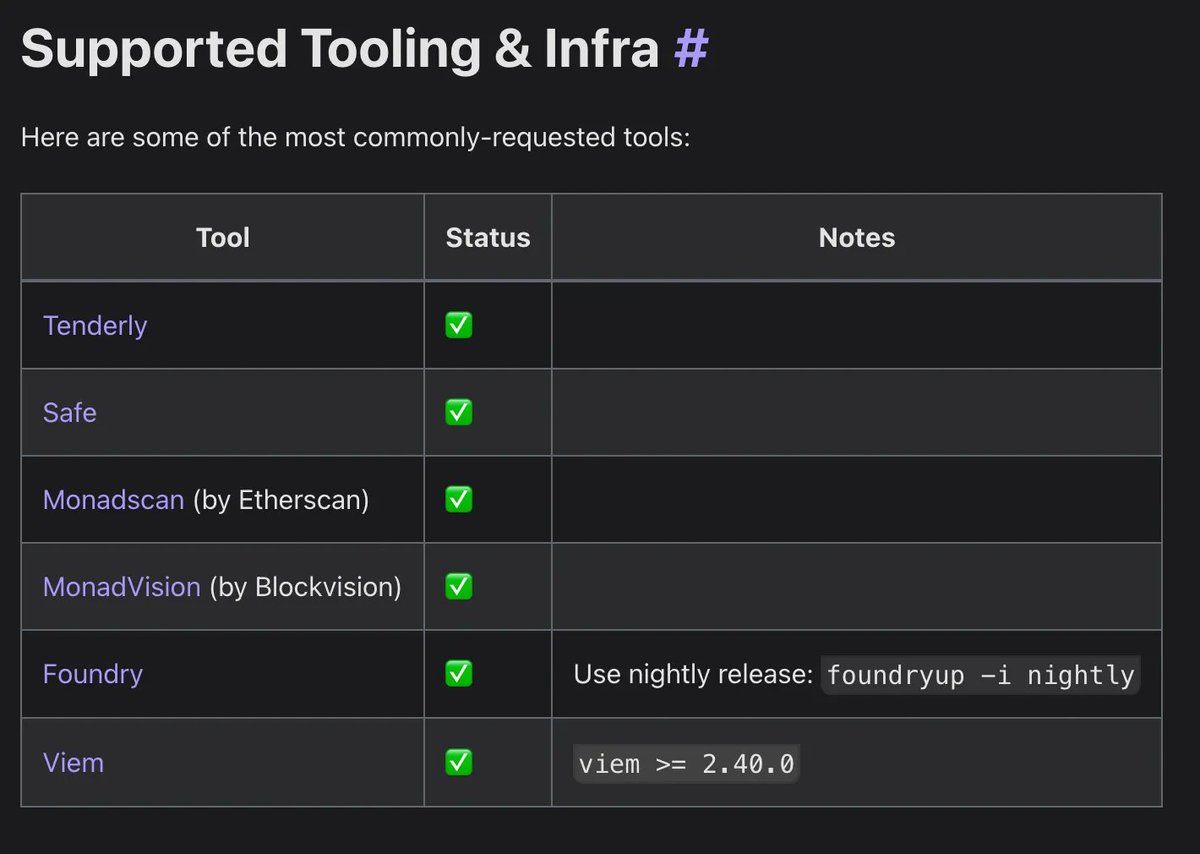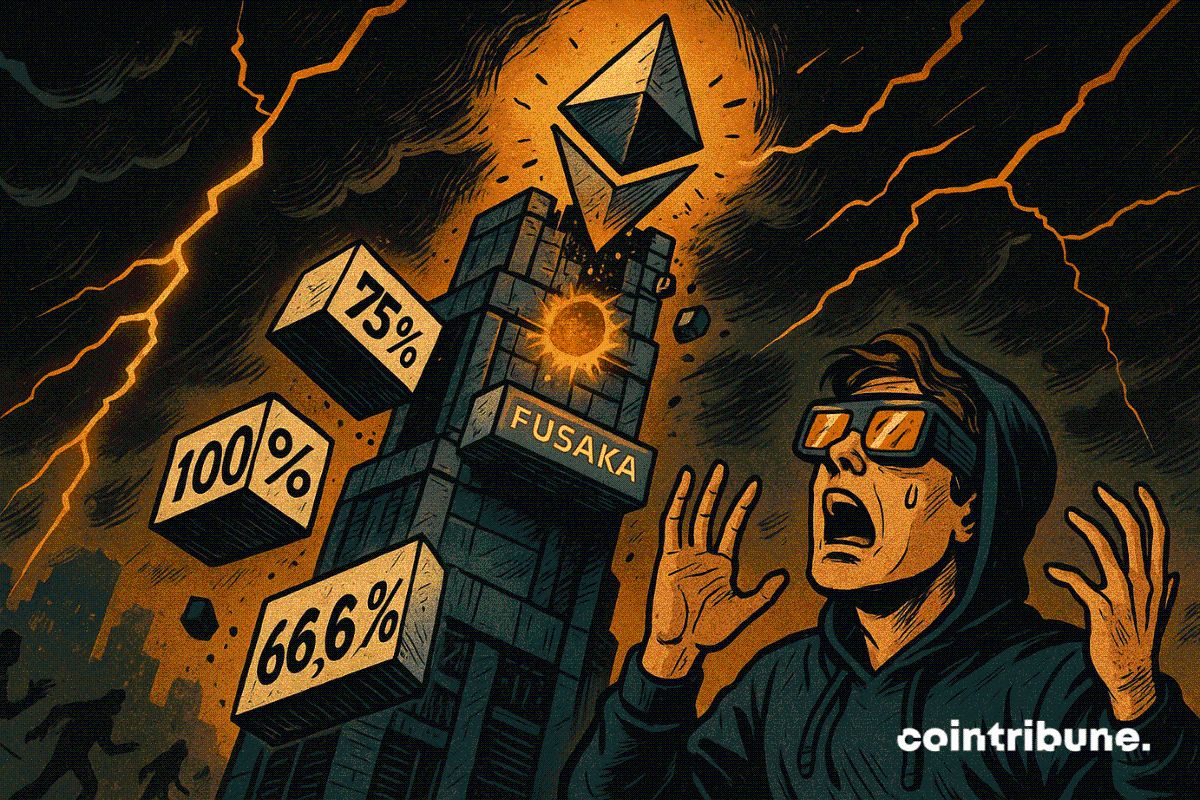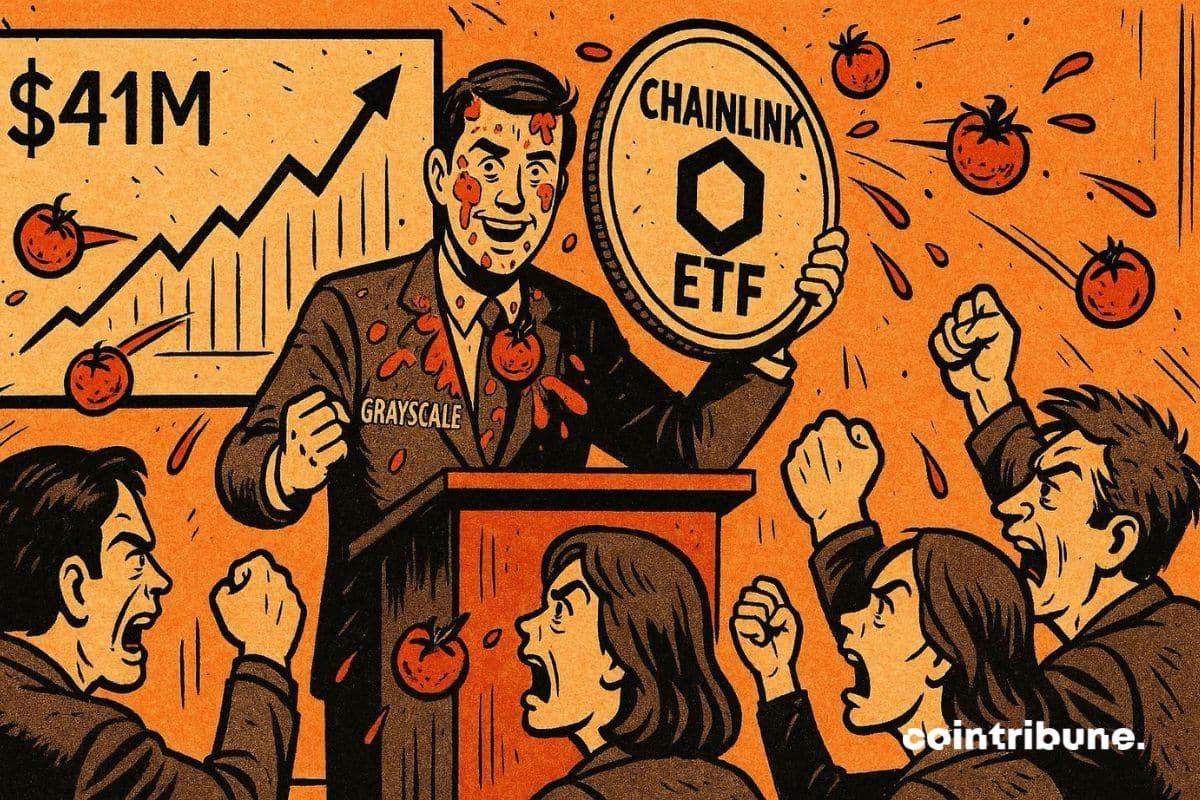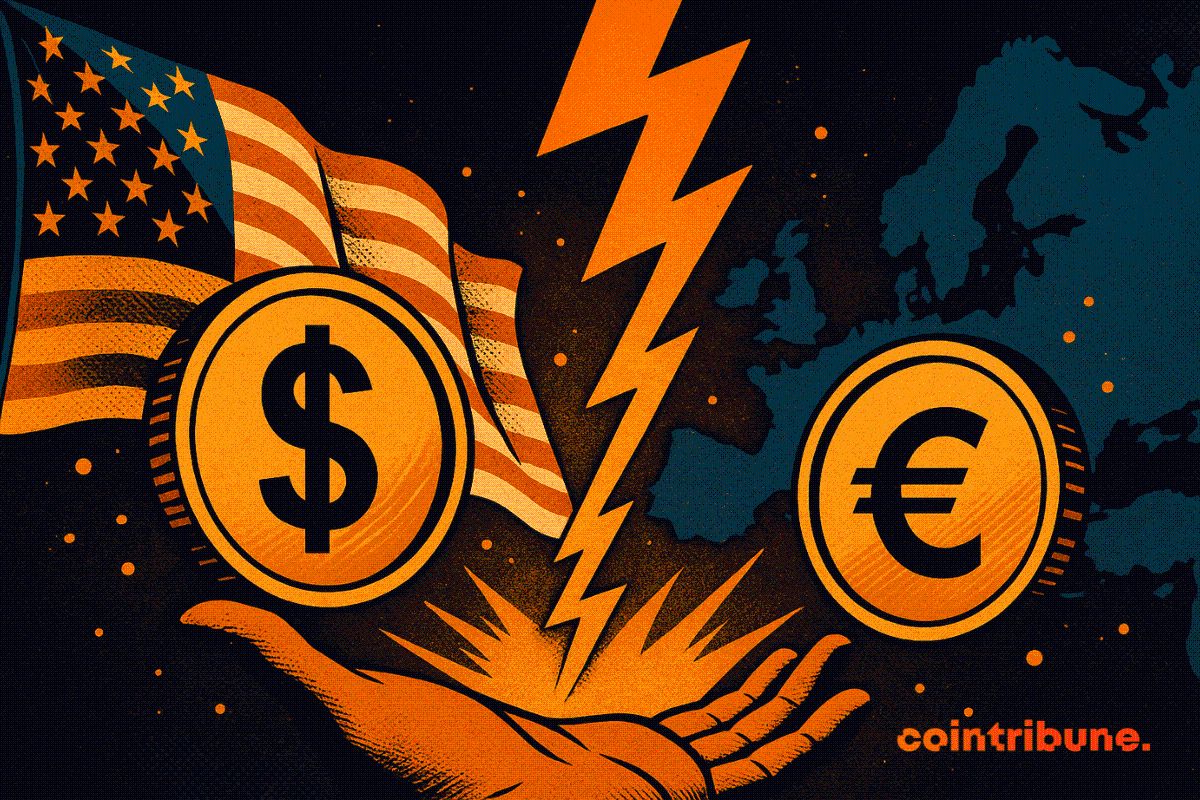The Bank of Korea held its policy rate for a second consecutive meeting on Thursday, as worries grow that surging mortgage debt could threaten financial stability.
The central bank’s seven-member board voted to keep the benchmark rate at 2.50%, though 27 of 35 economists polled by Reuters expected the outcome. Policymakers also nudged their 2025 growth forecast to 0.9% from 0.8%, representing the slowest rate since 2020. At the same time, they nudged their inflation outlook higher to 2%, from 1.9% in May.
Jin-wook expects the BOK to cut rates by 25 basis points in October
The central bank said that inflation is still under control, and the economy has experienced some growth. Still, it cautioned that skyrocketing home prices in Seoul and mounting household debt should be carefully monitored. Concerns about debt have only mounted after four rate cuts since last year, while uncertainty about American tariffs still hangs heavily over the export-dependent South Korean economy.
Last week, Governor Rhee Chang-yong warned that home prices in parts of Seoul are increasing sharply, indicating that the board had little room to adjust policy on Thursday.
Kim Jin-wook, an analyst with Citi Research in Seoul, nonetheless, anticipates the BOK will cut rates by a quarter point in October. He commented, “We believe the BOK Governor would remain concerned about over-delivery of monetary easing compared to under-delivery of monetary easing during his term till April 2026.” Nonetheless, Rhee emphasized that, since the BOK did not raise rates as sharply during the pandemic, it may not need to reduce them as much now.
The modest gains in South Korea’s economy can be attributed to the solid demand for chips and cars, and firms moving shipments forward to avoid higher U.S. tariffs. The central bank expects domestic demand to recover, supported by fiscal measures and improving consumer confidence. Policymakers indicated that exports would likely continue performing well for some time before gradually slowing under the growing weight of U.S. tariffs .
South Korean President Lee Jae-myung’s meeting with U.S. President Donald Trump earlier this week culminated in a series of agreements. Among them are multibillion-dollar commitments by South Korean businesses, a $50 billion aviation deal by Korean Air—the largest in its history—and collaboration in shipbuilding and energy.
However, there has been disagreement on both sides about parts of the deal, including how profits will be divided. Kim Yong-beom, Chief Policy Officer at the Presidential Office, said the two governments are close to a general agreement . The United States wants to reach a memorandum of understanding (MOU) soon, making the investment strategy framework and oversight official.
Kim added that the financial package also boosts key strategic sectors, including critical minerals, batteries, semiconductors, artificial intelligence, pharmaceuticals, and quantum computing. He also reiterated that up to $150 billion is slotted for shipbuilding.
The July trade pact calls for Seoul to channel $350 billion into U.S. industries, including $150 billion dedicated to shipbuilding, and U.S. tariffs on South Korean goods were set to 15% from 25%.
The bank also maintained the rates in July
The central bank also maintained the rates in its July meeting, saying it needed time to monitor how newly introduced housing market measures play out in Seoul. According to Goldman Sachs, home prices in Seoul surged nearly 20% from a year earlier in June, triggering authorities to introduce measures to curb surging household borrowing.
Even then, the BOK noted the escalation of housing prices in Seoul and its neighboring areas, coupled with higher household debt levels.
Though the policy meeting in May saw the central bank ease rates as South Korea faced both domestic political turmoil and high U.S. tariffs on auto and steel exports. The economy contracted 0.2% in the first quarter, dragged down by a dip in exports and construction. Still, policymakers judged it was more important to maintain financial stability and left rates unchanged.
The smartest crypto minds already read our newsletter. Want in? Join them .




